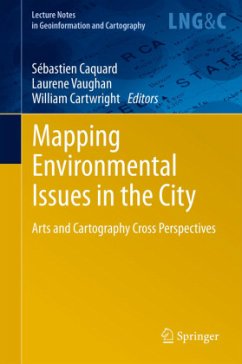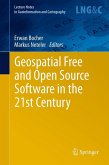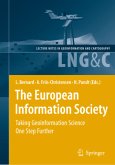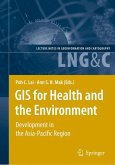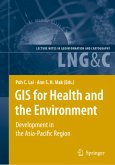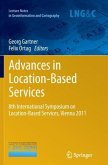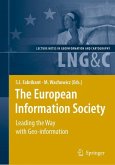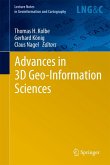This book complements the growing body of literature exploring the relationships between arts and cartography . It is distinct from the previous ones by its main focus: The multiple ways of representing a database. In the context of the exponential increase of the volume of geospatial data available, addressing this issue becomes critical and has not yet received much attention. Furthermore, the content of the database - environmental issues in the city - gives a strong social and political texture to the project. The expected audience for this book are academic as well as students interested in the relationships between art and cartography, place and technology, power and representations. This book could serve as an inspiration for local groups and communities dealing with environmental injustice all over the world. Finally, at a local scale, this book could become a major reference for individuals, communities and institutions interested in environmental issues in the city of Montreal.
From the reviews:
"It offers a rich and diverse collection of representations of Montreal as a unique place, as an informative set of insights about the city. ... The book is highly readable, and the papers are accessible and well written. ... As a working model for mapping research in urban environments, this collection provides a valuable transferable example for the mapping of any city, with findings unique to that particular urban context." (Kaye Shumack, Cartographica, Vol. 47 (2), 2012)
"It offers a rich and diverse collection of representations of Montreal as a unique place, as an informative set of insights about the city. ... The book is highly readable, and the papers are accessible and well written. ... As a working model for mapping research in urban environments, this collection provides a valuable transferable example for the mapping of any city, with findings unique to that particular urban context." (Kaye Shumack, Cartographica, Vol. 47 (2), 2012)

